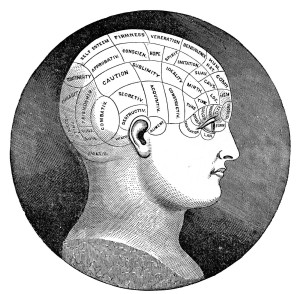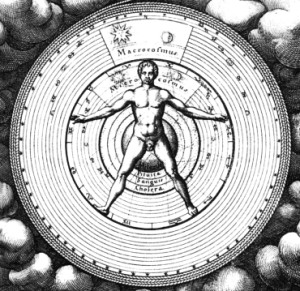Something powerful that I have found in reference to the readings for Monday is Yeats’s distinct separation between the domain of creativity and that of politics/ “logical” progressions of thought. Consider Yeats’s essay on Poetry and Tradition where he states, “[…] artists have made all the rest, because Providence has filled them with recklessness […] the others being always anxious have come to possess little that is good in itself, and are always changing from thing to thing.” With this, the reader can infer that Yeats believed artists were given a provincial gift—something they could not escape or ignore. Those that do not identify as “artists” are given the title of “others,” leading one to conclude that there is something superior in the “essence” of an artist that sets them apart. The “recklessness” that Yeats mentions seems to convey positivity: a reckless motivation for generating change or forging movements with the power of art. The notion that art is akin to spiritual possession—the creative colonization of the soul—shapes Yeats’s poems in the Responsibilities collection.
I am particularly captured by “To a Shade.” The poem’s complexity reveals a sort of “code” where the reader is left outside the work, urged to use knowledge of Yeats’s life to surmise whom the “shade” or “shadow” represents. A popular theory among critics stands that the spectre in the poem is Charles Stuart Parnell, Irish nationalist deemed (in his day) “the uncrowned king of Ireland.” Evidence that supports this claim can be found in Yeats’s other poetic references to Parnell: for example, “Parnell” and “Parnell’s Funeral.” “To a Shade” does not directly address Parnell, but it is perhaps stronger in that vein: the poem remains applicable to other Irish activists that have passed, and could fluctuate between public figures or take on a collective nature.
It seems to me that the “town” that Yeats’s calls the spectre (or “shade”) to revisit is Dublin. He claims, “they are at their old tricks yet,” signaling that the politicians of the time had not marooned their inherently malevolent agendas. This reinforces what Yeats has mentioned in his essay on Poetry and Tradition: the artist and what he/she brings to his/her culture extends beyond the pell-mell sphere of “grey” modern existence. Yeats seems to further suggest that the artist or pioneer (like his admired figures: Parnell, Hugh Lane, etc.) provides children with “loftier thought” and “sweeter emotion”—elements that, according to Yeats, have the power to transform the individual by way of the emancipating nature of art and passion.
A sadness emerges as the poem progresses, and Yeats appears to establish (once again) a sharp distinction between the artists (the “passionate few”), and “the others.” The poem states, “Sweeter emotion, […]/ like gentle blood, has been driven from the place,/ and insult heaped upon him for his pains.” Could the “he” of this stanza be referring to the artist? Under this assumption, the poem operates on a melancholic axis, suggesting that art and passion continue to be smothered by forces too large for Yeats, or any other actively interested artist, to fray. The poem closes with a resignation: “you are safer in the tomb.” This may speak to Yeats’s troubled spirit as he despondently realizes the fruits of artistic labor are not being registered or absorbed into the public memory—and the bold alterations he fought for did not seem fully attainable.


